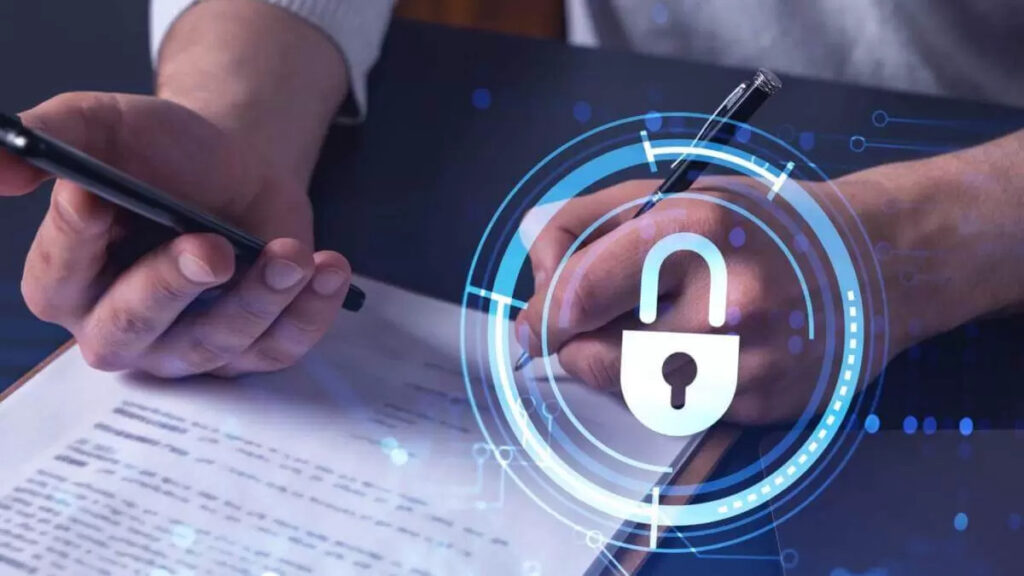Securing the Education Sector: Cyber Threats in Schools and Universities

Introduction
In an era where technology has become deeply ingrained in every aspect of our lives, educational institutions have not been immune to the growing threat of cyber attacks. The education sector, comprising schools and universities, holds a vast amount of sensitive information, making it an attractive target for cybercriminals. This blog explores the pressing issue of cyber threats in the education sector and emphasizes the importance of robust cybersecurity measures to safeguard valuable data and ensure uninterrupted learning environments.
The Growing Landscape of Cyber Threats in Education
Educational institutions store an abundance of confidential information, including student records, financial data, and research findings. This wealth of data makes them prime targets for cyber attacks. As schools and universities increasingly digitize their operations, the attack surface for malicious actors expands, exposing vulnerabilities that can be exploited.
Common Cyber Threats in the Education Sector
- Phishing Attacks: Phishing remains a prevalent threat in the education sector, where attackers craft deceptive emails or messages to trick individuals into revealing sensitive information. Educational staff and students may unknowingly fall victim to these schemes, compromising login credentials and other confidential data.
- Ransomware: Ransomware attacks have become a significant concern for educational institutions. Cybercriminals use malicious software to encrypt files, demanding a ransom for their release. In the education sector, this can disrupt academic activities, jeopardize research projects, and result in the loss of critical data.
- Data Breaches: Educational institutions handle vast amounts of personal and financial data. A data breach can lead to the exposure of sensitive information, potentially causing reputational damage and legal consequences. Cybersecurity in educational institutions must prioritize measures to prevent and mitigate the impact of data breaches.
The Impact on Learning Environments
The repercussions of cyber attacks on educational institutions extend beyond compromised data. Disruptions to online learning platforms, unauthorized access to academic resources, and the manipulation of grades are just a few examples of how cyber threats can adversely affect the learning experience.
Addressing Cybersecurity in Educational Institutions
- Implementing Robust Security Protocols: Educational institutions must establish and enforce stringent cybersecurity protocols. This includes regularly updating software, utilizing firewalls, and employing intrusion detection systems to identify and thwart potential threats.
- Educating Staff and Students: Cybersecurity awareness is crucial in mitigating the risk of attacks. Training sessions for both staff and students can empower them to recognize and respond appropriately to phishing attempts and other cyber threats. Emphasizing the importance of strong, unique passwords is also essential.
- Regular Security Audits: Conducting regular security audits helps identify vulnerabilities in the system and rectify them promptly. By proactively addressing potential weaknesses, educational institutions can stay one step ahead of cyber threats.
- Collaboration with Cybersecurity Experts: Engaging with cybersecurity experts and organizations can provide educational institutions with valuable insights and guidance. These partnerships can lead to the development of customized security solutions that align with the specific needs and challenges of the education sector.
Conclusion
In conclusion, the intersection of technology and education presents both incredible opportunities and significant challenges. As educational institutions evolve to meet the demands of a digital age, the imperative to fortify their cybersecurity defenses becomes increasingly urgent. The proactive steps taken today to secure the education sector will undoubtedly shape the future of learning environments, ensuring that they remain resilient, adaptable, and steadfast in the face of emerging cyber threats.
Educational leaders, administrators, and IT professionals must work collaboratively to create a culture of cybersecurity within academic settings. This involves not only implementing cutting-edge technologies but also fostering a mindset that recognizes the shared responsibility of all stakeholders in safeguarding sensitive information. Regular training sessions, awareness campaigns, and the dissemination of best practices are essential components of this cultural shift.
Furthermore, the collaboration between educational institutions and cybersecurity experts must be an ongoing effort. As cyber threats evolve, so too must the security measures in place. By maintaining an open line of communication with experts in the field, educational institutions can stay abreast of the latest developments, emerging threats, and innovative solutions.
The investment in robust cybersecurity infrastructure is an investment in the future of education. It is an investment in the trust of students and their families, in the integrity of research and academic achievements, and in the reputation of educational institutions as stewards of knowledge. As the digital landscape continues to expand, the resilience of the education sector in the face of cyber threats will be a determining factor in its ability to deliver quality, secure, and uninterrupted learning experiences.
In essence, securing the education sector against cyber threats is not merely a technical challenge but a commitment to the core values of education itself – the preservation of knowledge, the protection of individuals, and the advancement of society. By embracing this commitment and integrating cybersecurity measures seamlessly into the educational framework, we can build a foundation that withstands the challenges of the digital era, ensuring that the pursuit of knowledge remains secure, accessible, and inspiring for generations to come.






